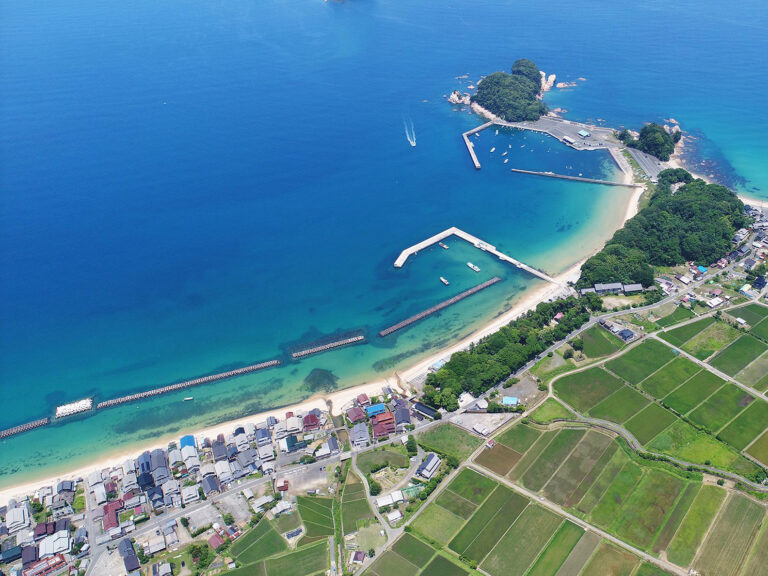
It is located on the west of the Oura Peninsula and consists of two coasts, Kobashi and Mihama. Even families with children are relieved because the beach is so shallow that the white sand shines.
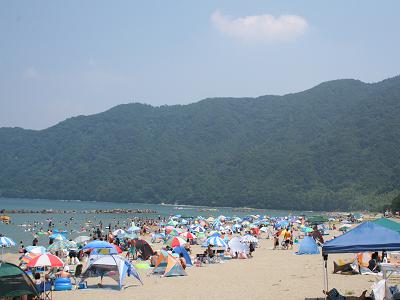
It is the westernmost swimming beach in the city of Maizuru, and the largest swimming beach in the city. The coast extends to the east of the Yura River estuary. You can also experience a local drag (50,000 yen) if you make a reservation. Hama-chaya break fee is 500 yen or more for junior high school students per day, and 300 yen for children.
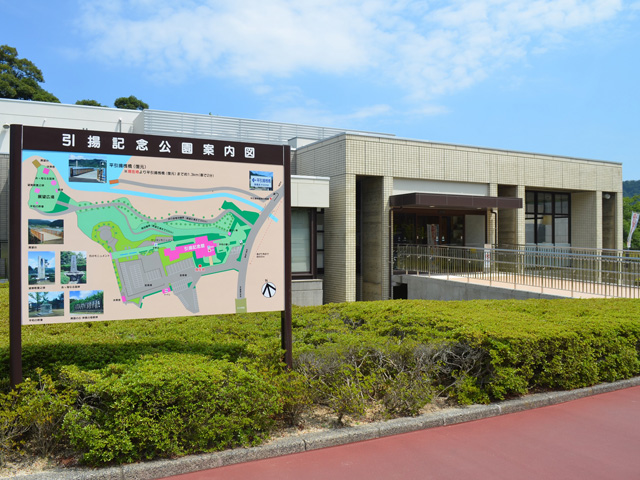
After the end of World War II, the port of Maizuru welcomed some 660,000 elators from former Manchuria, Siberia and other countries over a 13-year period from 1945. A memorial building that conveys the historical facts of its hailing and Siberian internment. It displays a letter sent to his family from Siberia, as well as living items used in the camp at the time, as well as a model of a lift ship that entered the port of Maizuru. In addition, in October 2015, 570 of the collected materials as "Life to Maizuru" were registered as UNESCO World Memory Heritage, and on April 24, 2018, the 30th anniversary of its opening, the planning painting exhibition room and internment life experience room are added.
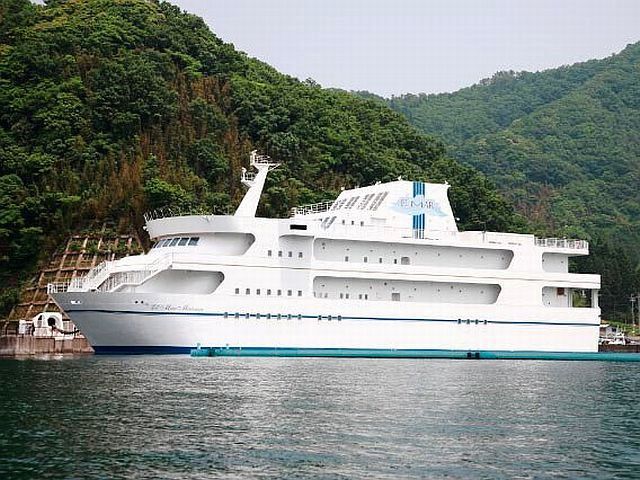
A facility with the image of a luxury liner floating on the sea inside Maizuru-kai Park, a corner of the enjoined scenic Maizuru Bay. There is an "Energy Experience Hall" where you can see exhibits related to energy and electricity in a space that is inspired by the ship's engine room, a "Maizuru Experience Hall" that introduces Maizuru who has been walking with the sea, and a "Ship Experience Hall" where you can enjoy the world cruise. From the observation deck, you can also enjoy a beautiful panoramic view of Maitsuru Bay. Japan's first maritime planetarium (paid) with an all-sky dome shape is also a must.
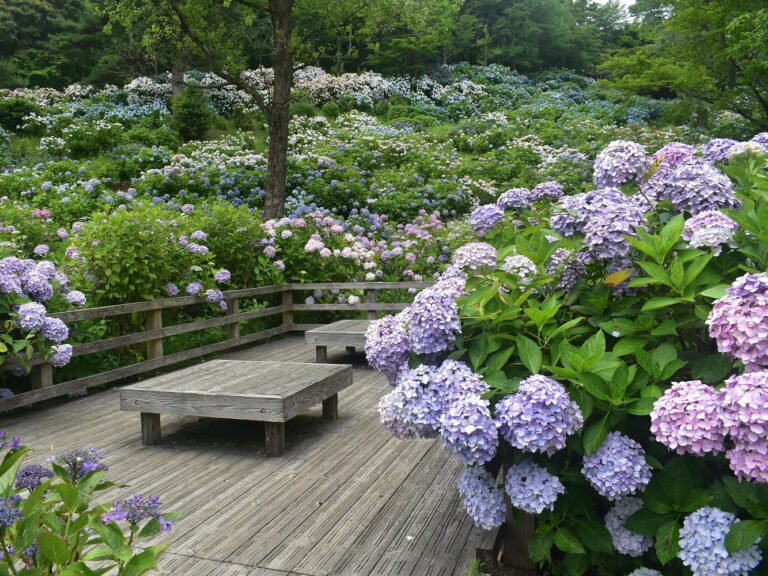
A vast park where you can enjoy seasonal flowers. There is a camellia garden with about 15 species of 30,000, and a hydrangea garden with about 100 species of 100,000, which offers views of the four seasons with fresh green in spring and autumn leaves in autumn. It is also familiar as a place for contact with nature and observation of nature.

In addition to field athletics, a campsite, a putter golf site, etc., there is also a ceramic theater, and it is packed with picnic families on holidays. 1200 yen per night for adults per camp, 600 yen for children (half price for residents of Maizuru City), 12,000 yen per night for log house (8000 yen for residents of Maizuru City), 500 yen for putter golf adults, 250 yen for children, 1100 yen for ceramics experience ~, children 800 yen ~. The Putter Golf is used for ground golf only on weekdays from Tuesday to Thursday.
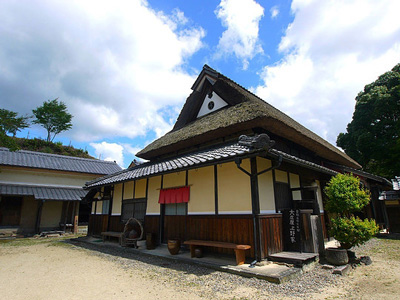
This facility is a renovation and utilization of the residence of the Ueno family, which has been a large shoya building since the Edo period; a tour of a house built in the Edo period with a reclamation and preservation of a thatched private house; it also provides rural experience events, tours, exhibitions using kura, and local tourism information.
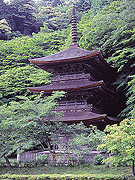
It is an ancient temple founded by King Takakake in the year 829, and is known as a spot of autumn foliage. The green precinct includes a triple tower of National Designated Important Cultural Properties, which was rebuilt during the Muromachi period, and a garden of Tsurukame, which is transmitted with the construction of Yukari Hosokawa. Odemari, shaga, cherry blossoms, yobaki, etc. bloom one after another, and it is also the third place of the Kansai flower temple. Thousands of maple trees said to have been planted by Hosokawa Yusai fall in autumn around November, and the landscape of the triple tower, which stands to be wrapped in yellow and red trees, is stunning. It is also a temple which was the setting for Yukio Mishima's novel "Kinkaku-ji".
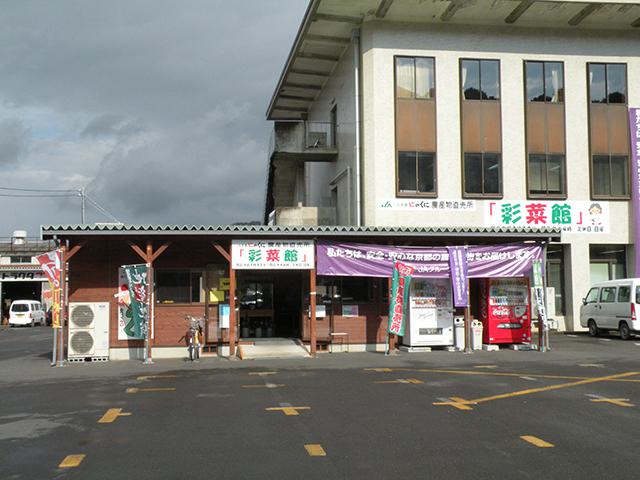
From the prized fresh seasonal vegetables brought by the growers, to fruits such as grapes and citron, tea, seasonal flowers and pickles. There are also wild plants in the spring and Tamba Kuri in the fall. A familiar atmosphere is a direct sale shop that is crowded with patrons throughout the year.
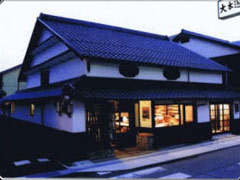
A shop specializing in rice flour dorayaki and rice rice crackers. From the easy-to-day confectionery, a rich selection of items that can be used for gifts and gifts. There is also a tea space, and you can enjoy the hand-grilled experience of senbei in the store where you can easily get there. 108 to 540 yen for single items, 540 yen for boxes.










